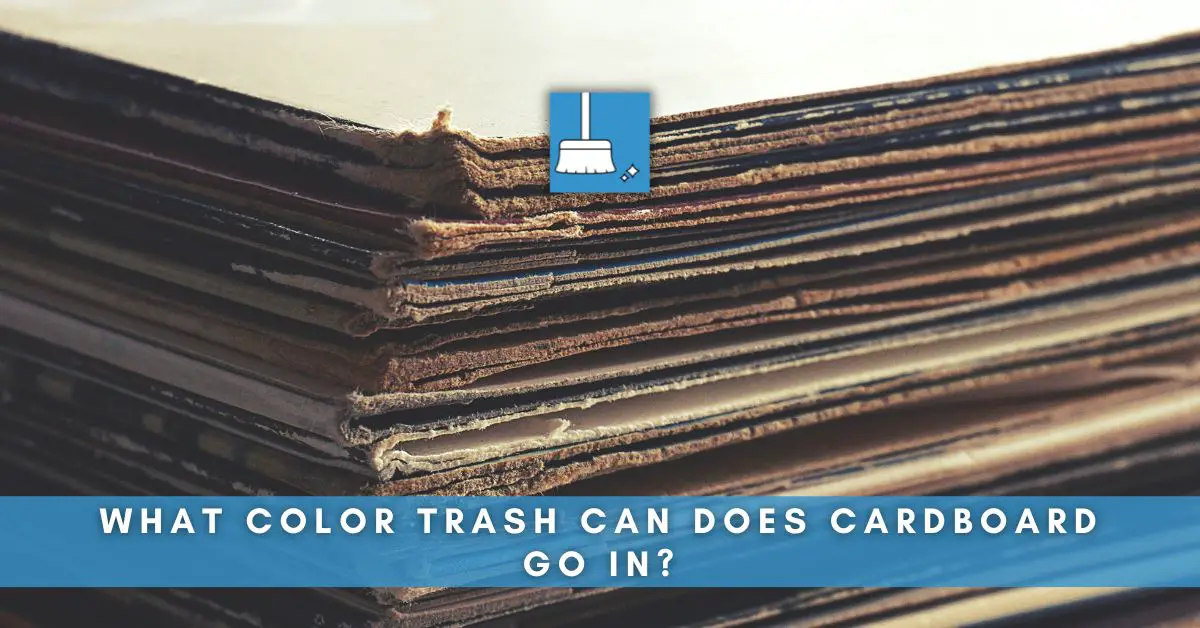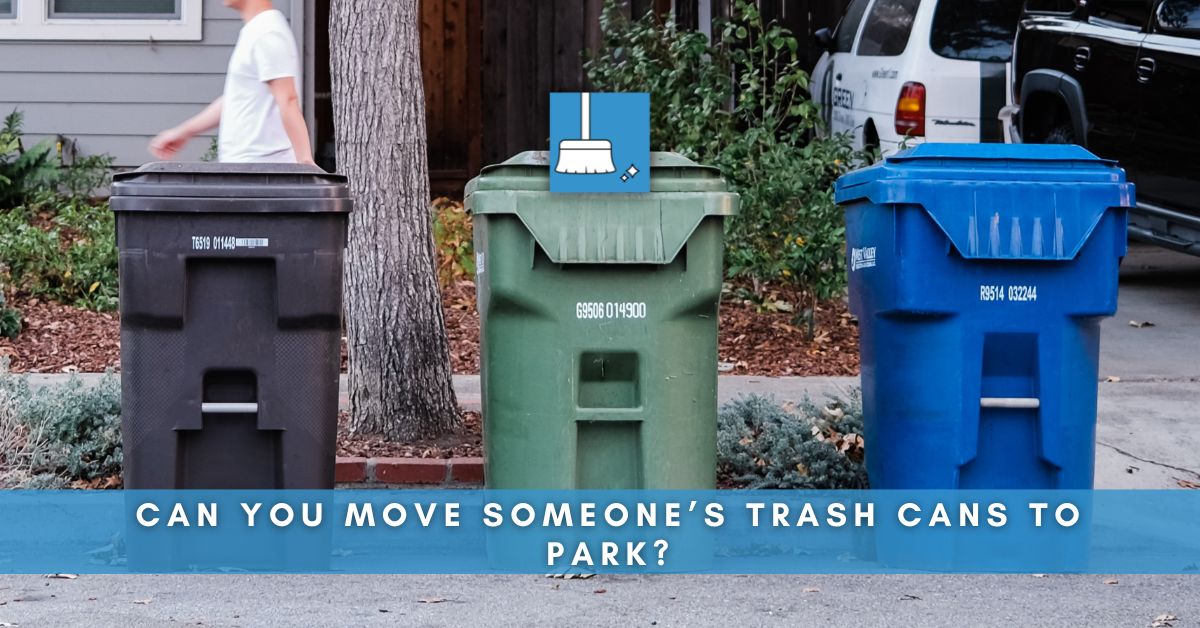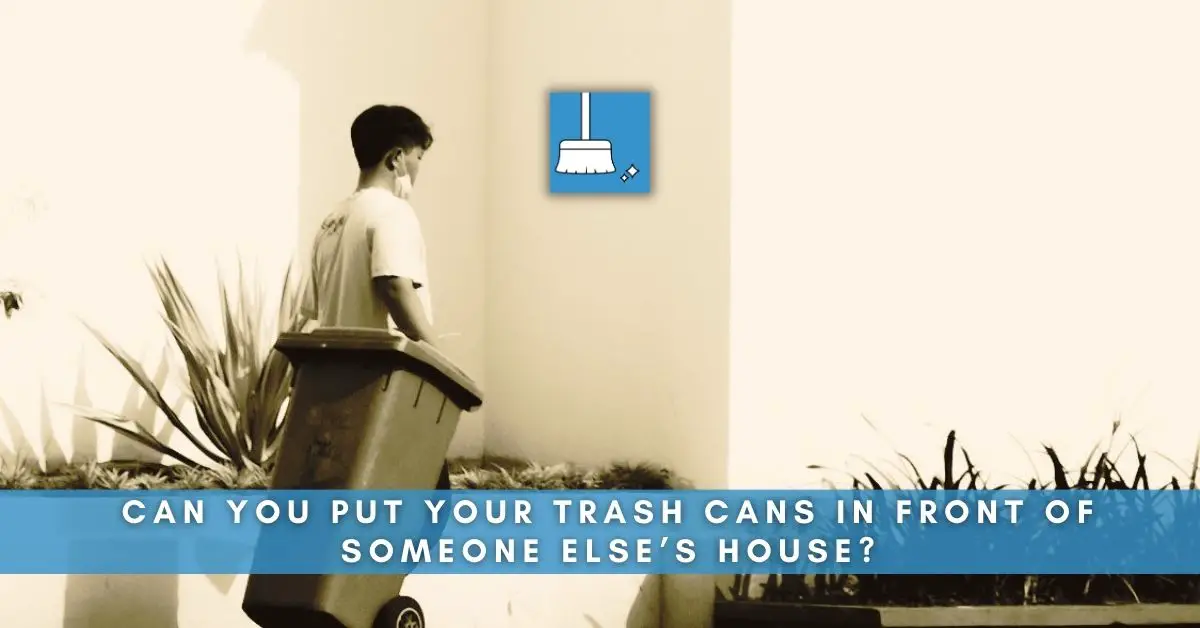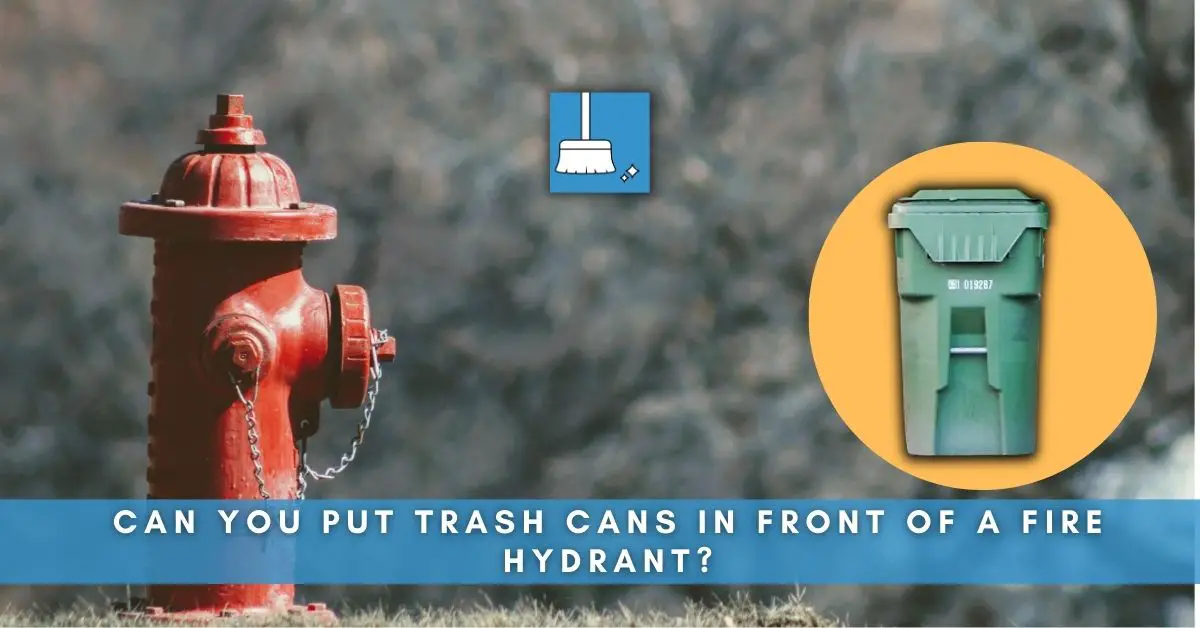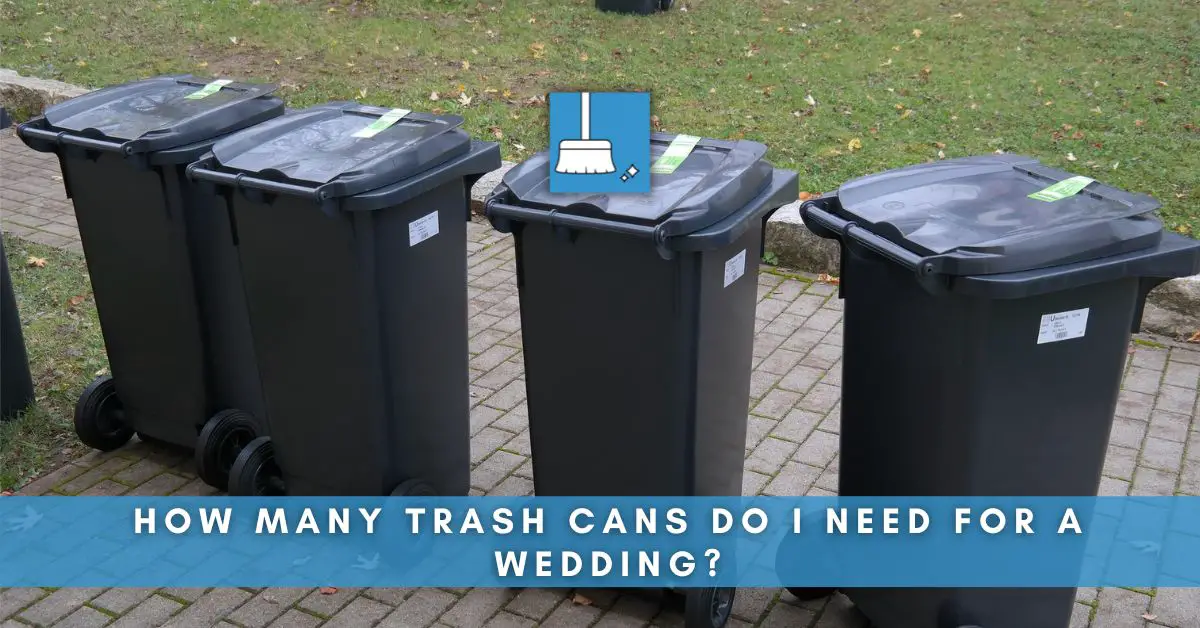In an effort to maximize the efficiency of waste management, many cities have implemented color-coded trash systems. With multiple bins, each designated for a specific type of waste, the recycling process becomes smoother and more organized. So people are often left confused as to which items go in which trash can (in terms of color). Let’s talk about cardboard!
Trash Can for Cardboard
Recycling is a significant global effort to mitigate the environmental impact of waste. The process involves repurposing used materials, reducing the need for new materials, consequently saving resources and energy. However, proper sorting is crucial. Cardboard, a widely recycled material due to its high recyclability rate, is often misplaced.
Knowing where to properly place your recyclables can significantly assist with waste management. Misplaced items are a waste of resources as they often end up in the landfill instead of being recycled. This is where the color-coded bins come in handy.
The coloration and marking of recycling bins vary by locale, due to different waste management systems across cities and countries. Primarily, you’ll find blue, green, or yellow bins designated for recycling, while grey, black, or red bins are used for regular trash. Notably, recycling bins will often prominently feature the international recycling symbol.
1- Blue Trash Can (Most Preferred)
Typically, cardboard waste should be disposed of in a Blue trash can. Known as the recycle bin, the Blue can is designed to accept recyclable materials, including paper products, plastics marked as types 1-7, and metals.
Blue trash cans, part of the four-bin collection system, serve a distinctive purpose. They’re designed to accumulate recyclables which are then sorted and repurposed, hence reducing the pressure on natural resources and minimizing environmental impact.
Before placing your cardboard in the blue bin, remember that not all cardboard materials are recyclable. For instance, pizza boxes with oil stains or any cardboard encased with plastic film or coated with wax should not be thrown in the recycling bin as they compromise the recycling process.
Here is a quick reference to guide you make a decision:
| Type of Cardboard | Recyclable | Recommended Bin Color |
|---|---|---|
| Clean Cardboard | Yes | Blue |
| Oil-Stained pizza boxes | No | Gray (General Waste) |
| Cardboard with plastic film/wax coating | No | Gray (General Waste) |
In addition to cardboard, other recyclables, such as empty clean and dry glass bottles, paper egg cartons, plastic bags and jugs, envelopes with metal clasps, and even small solid plastic toys, should be placed in the blue trash can.
2- Gray (Less Preferred)
In many other areas, the Gray Bin is typically where cardboard should be disposed of. This color usually represents a bin for organic waste, like paper and cardboard, and non-organic recyclables.
It’s important to note that the color can change based on regional recycling practices, so make sure to check guidelines in your local area.
3- Brown Bins (Less Preferred)
With regards to cardboard, local jurisdictions typically prefer it to be placed in blue bins, which are designated for recyclables such as paper, cardboard, #1-#7 plastics, tin cans, tissue boxes, and wrapping paper. However, places with a four-bin collection system might have brown bins reserved specifically for cardboard and other paper products.
In some places, the brown trash can is typically used for specific waste categories such as garden waste, food scraps, or certain types of recyclables.While in other areas the brown trash bin is designated for recyclables like cardboard boxes and paper products.
Recycling cardboard contributes significantly to conserving resources. Rather than letting cardboard contribute to landfill waste or implementing the energy-intensive process of logging, pulping, and pressing to produce new cardboard, recycling allows for the repurposing of existing materials.
This benefits the environment by reducing pollution, saving trees, and conserving energy.
Here’s a table to present this information more clearly:
| Trash Can Color | Material Type |
|---|---|
| Green | Green waste, Food waste |
| Blue | Paper, Cardboard, Plastics, Tin cans, Tissue boxes, Wrapping paper |
| Brown (if available) | Paper, Cardboard |
Alternative Uses for Cardboard
Before tossing your cardboard into the recycle bin, consider reusing or repurposing it.
Cardboard can be utilized for craft projects, used as a planting mat in your garden, or can serve as a valuable addition to a composting heap.
It’s not just about sorting your waste; it’s about reducing and reusing it too!
Tips for Properly Recycling Cardboard
Breaking Down Cardboard Boxes: Before placing cardboard in recycling bins, ensure that you’ve broken down the boxes. This step helps create more space in the bin and facilitates efficient cardboard processing at recycling facilities.
Removing Tape and Labels: Adhesives and labels on the cardboard should be removed as much as possible, as they can interfere with the recycling process.
It’s important to note that recycling should go beyond just throwing waste into the right bin. Particular attention should be paid to the condition of the cardboard; contaminated or heavily soiled cardboard may not be suitable for recycling and should be properly disposed of in a trash bin.
References
https://www.sciencedirect.com/science/article/abs/pii/S0956053X20306991
https://calrecycle.ca.gov/organics/slcp/collection/systems/
https://www.cnet.com/culture/how-to-properly-recycle-your-paper-and-cardboard/
https://www.epa.gov/recycle/frequent-questions-recycling
https://publicworks.baltimorecity.gov/recycling-services
https://www.csun.edu/zero-waste/pledge/what-goes-each-bin
https://www.fresno.gov/publicutilities/trash-disposal-recycling/what-goes-where-green-gray-blue/
https://www.pasadenatx.gov/334/Pasadena-Municipal-Trash-Collection

